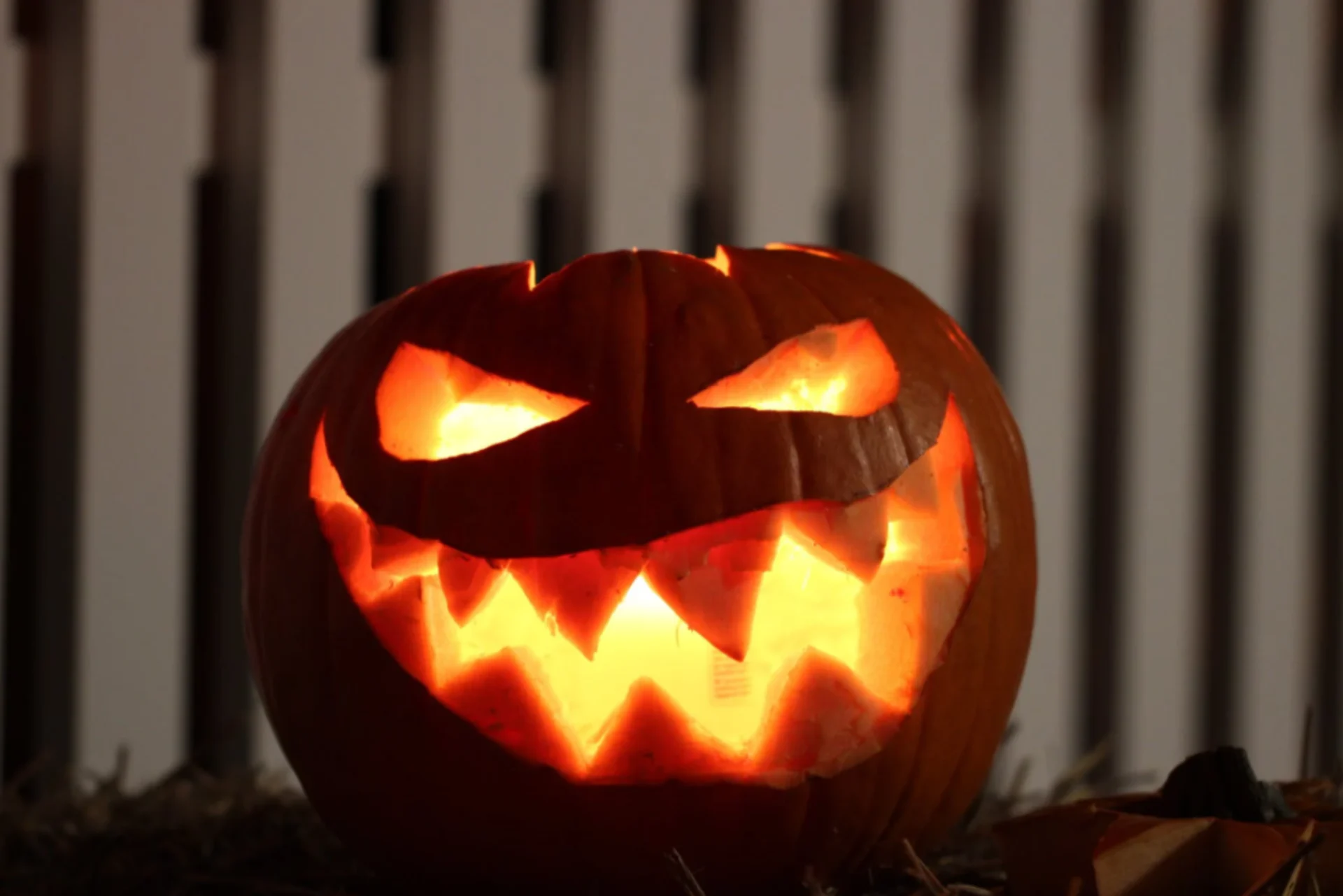
The spooky origins of pumpkin carving on Halloween
Learn a little about the history behind pumpkin carving.
Jack-o-lanterns are associated with Halloween, but where did the tradition originate?
The holiday Halloween comes from the Celtic festival Samhain, a celebration that took place in ancient Britain and Ireland, marking the end of summer and the new year, which started November 1.
During the festival, it was believed the souls of the people who had died that year would travel to the "otherworld" and that other souls would return home for a visit, according to Britannica.
RELATED: When it comes to pumpkin carving for Halloween, never start with the top
People would light bonfires, wear costumes, and carve faces in turnips or other root vegetables to ward off any evil spirits that may wander through during Samhain.

Photo courtesy: Pexels/Pixabay.
In the 8th century, the Roman Catholic Church moved All Saints’ Day to November 1, and Halloween was bumped back to October 31. Samhain traditions, like wearing costumes remained, and the Irish folklore tale of Stingy Jack was incorporated.
Legend has it a man named Jack tricked the devil on not one, but two, occasions. When Jack died God wouldn't allow him into Heaven and the devil didn't want him either, so he sentenced Jack to roam earth eternally, with nothing but a lit turnip to light the way.
Today, we carve demonic faces out of turnips to frighten away Jack’s wandering soul. Pumpkins, native to North America and readily available in the fall, became an adaptation of this tradition and a symbol of Halloween.
With files from April Walker.






